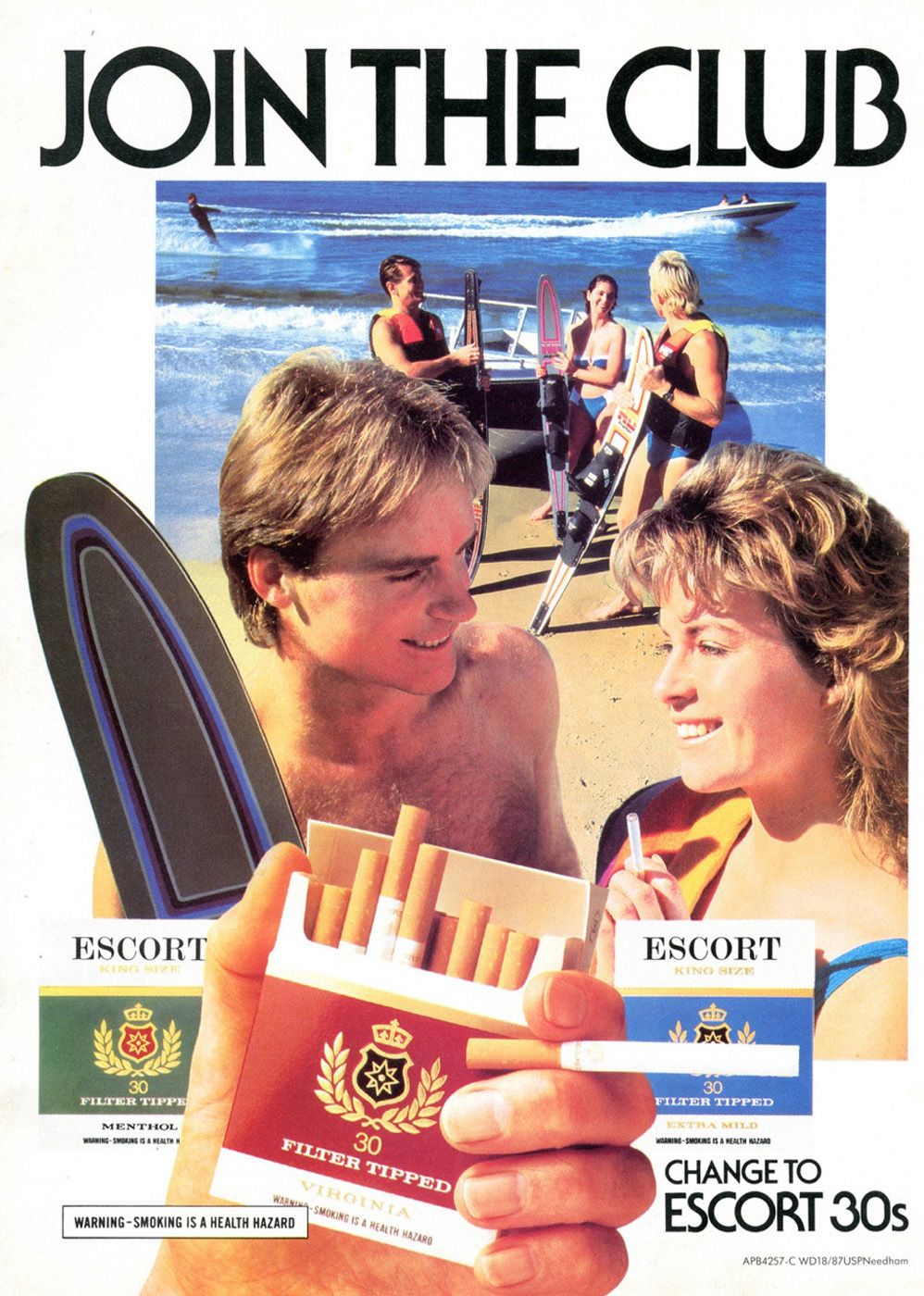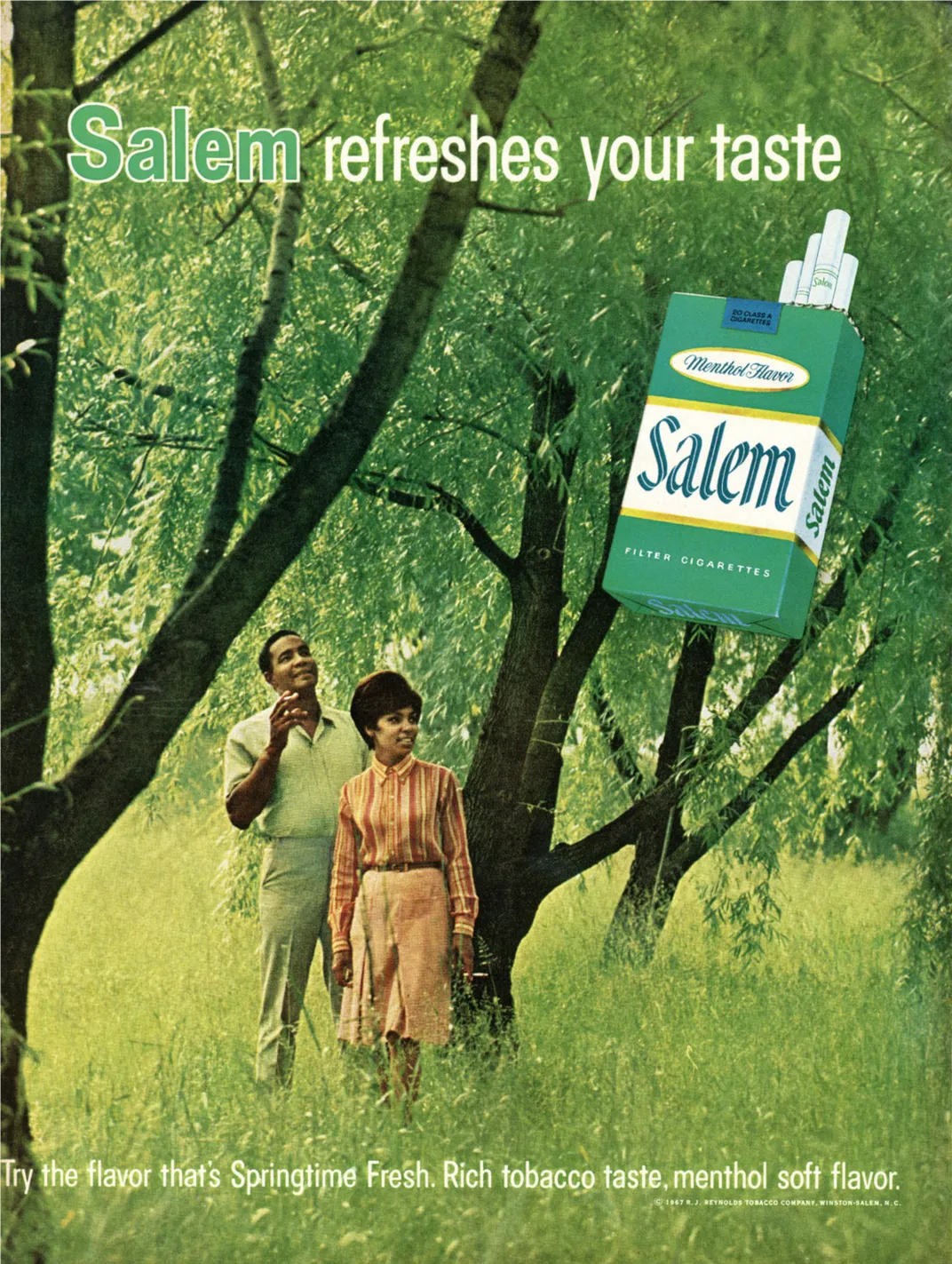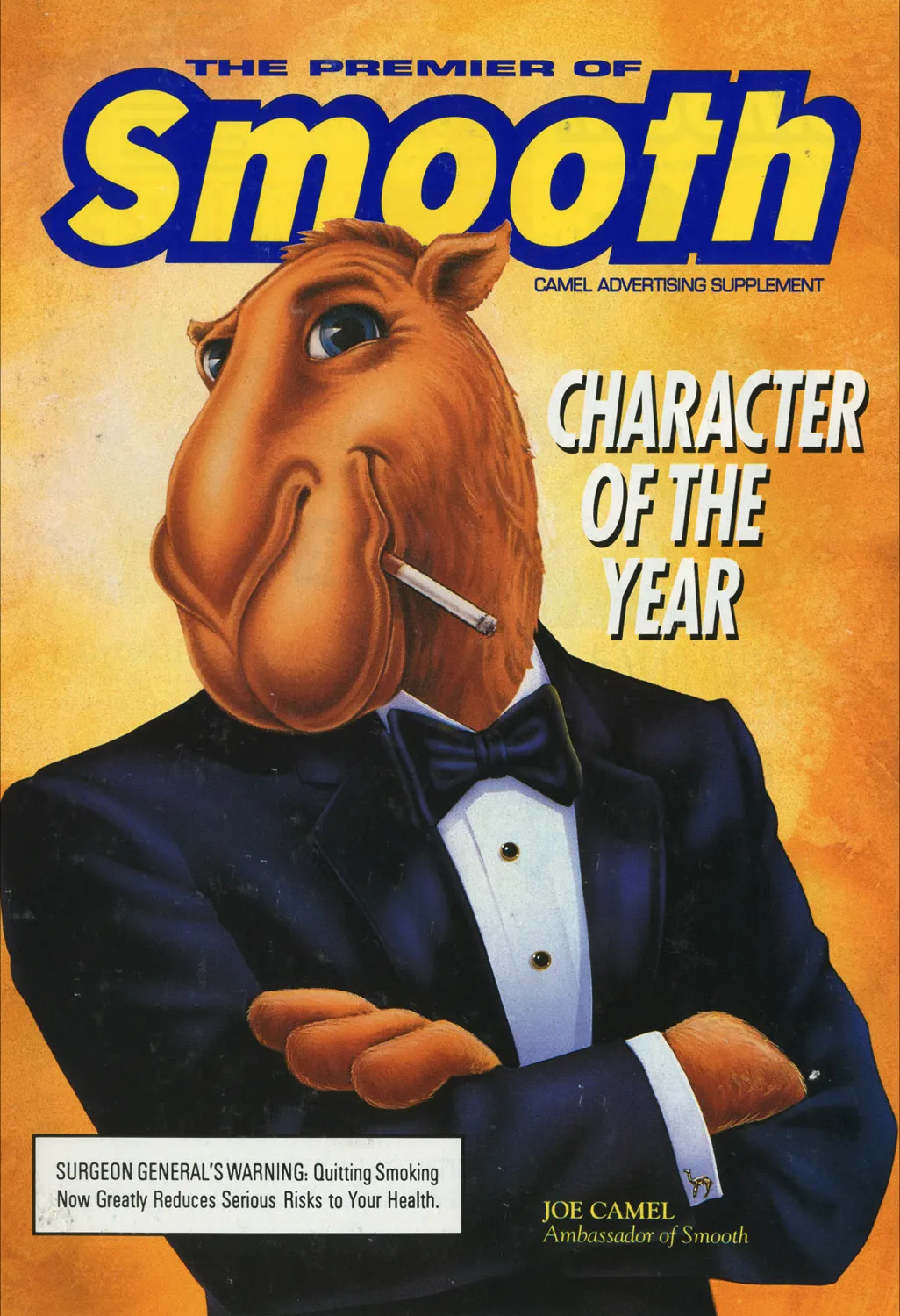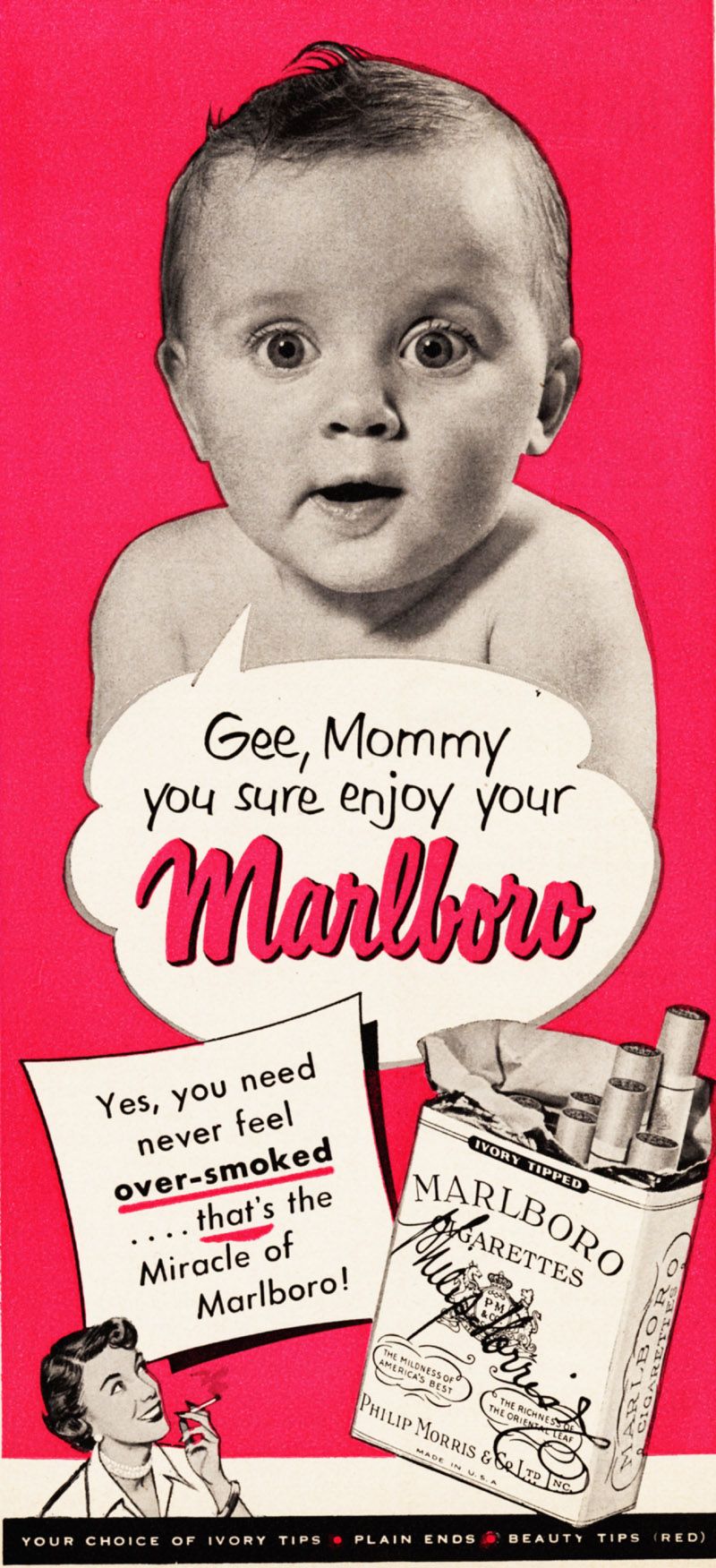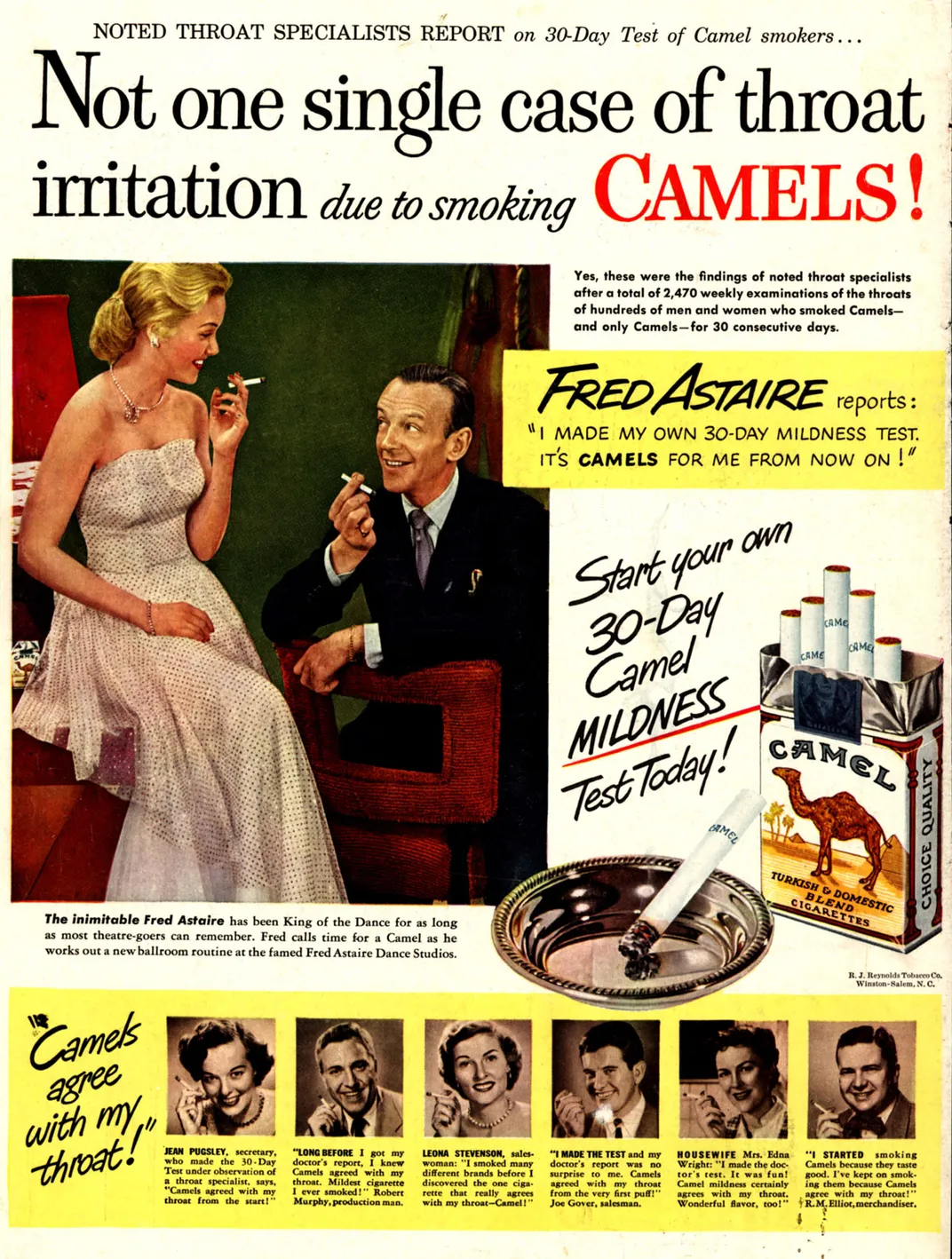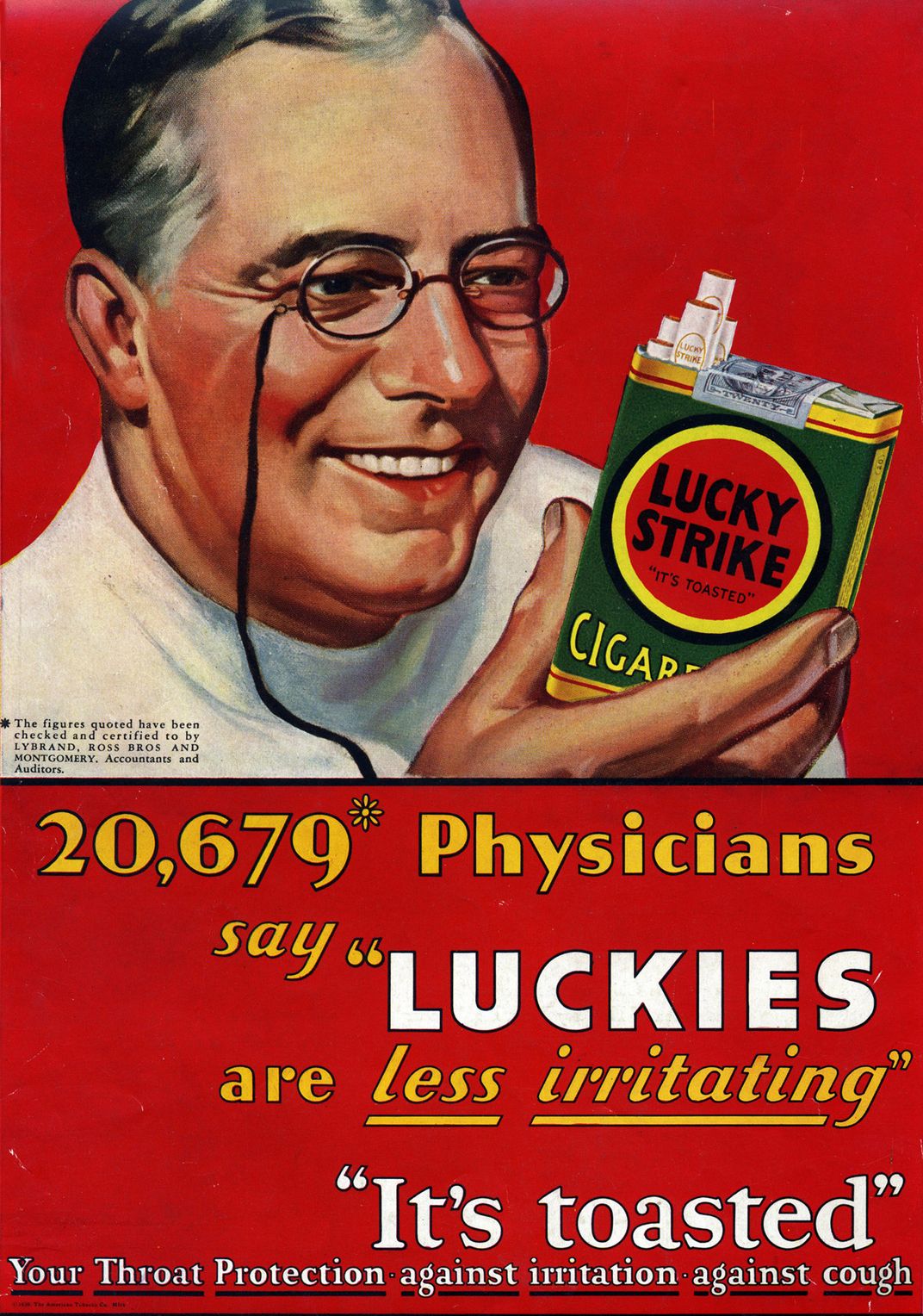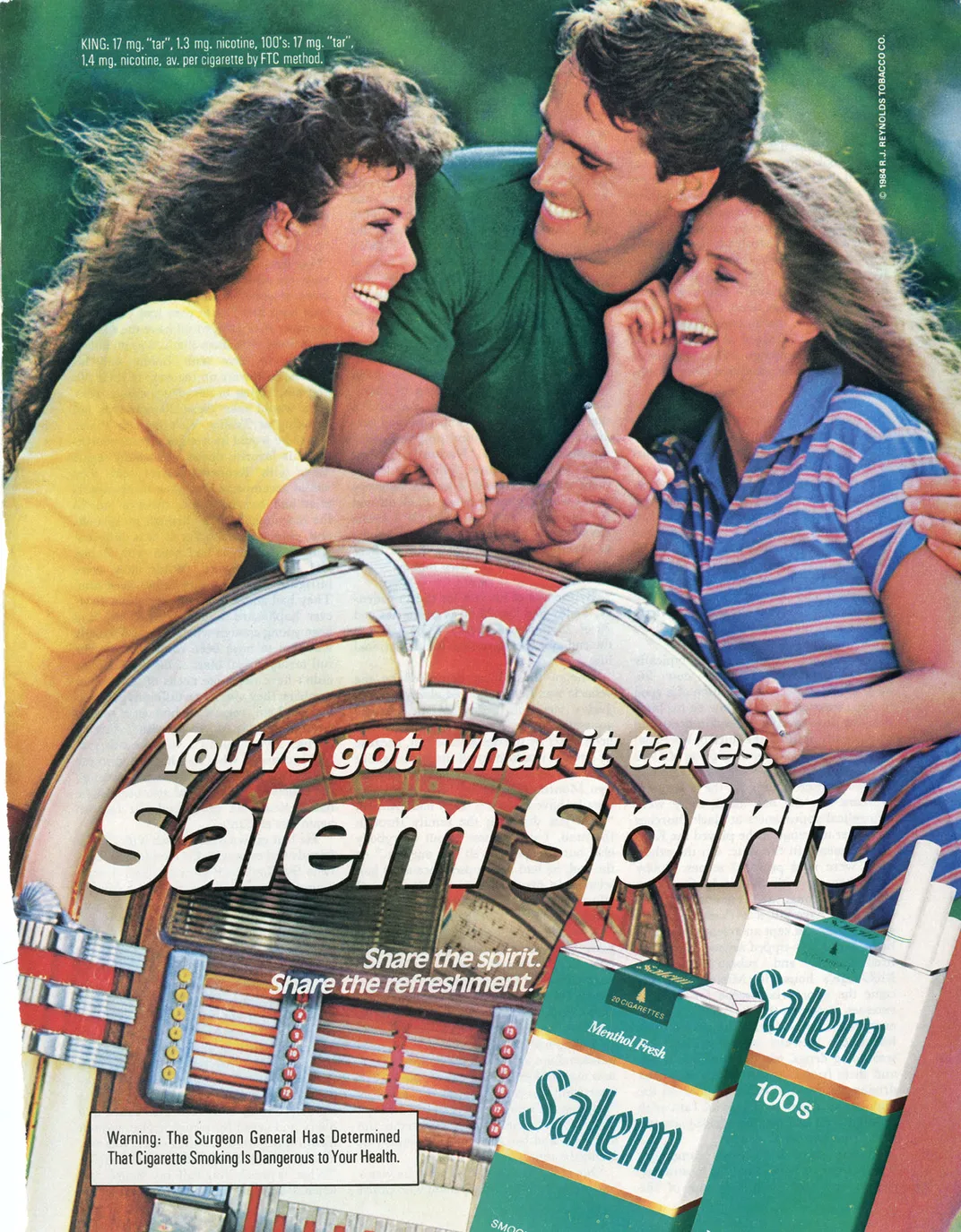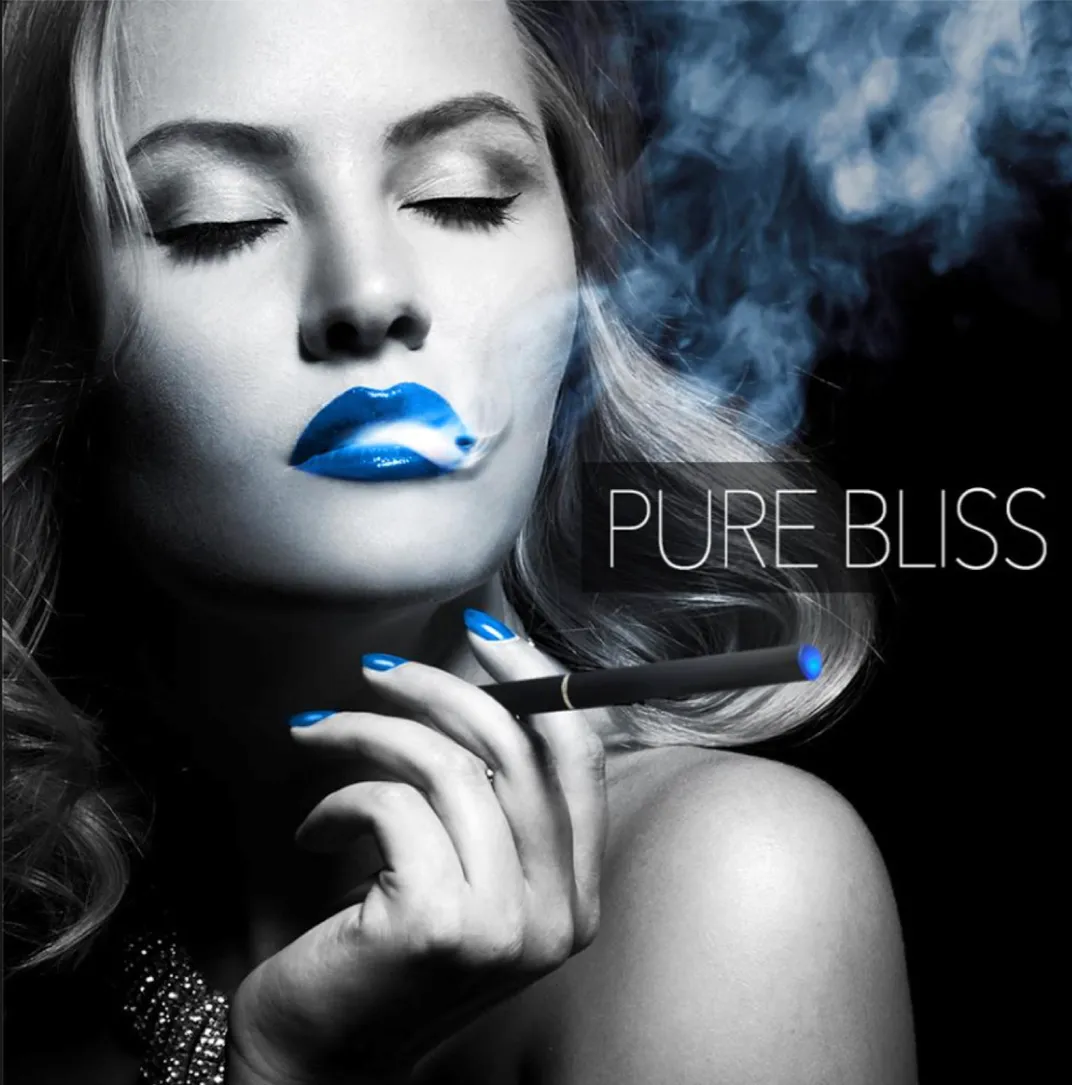Ads for E-Cigarettes Today Hearken Back to the Banned Tricks of Big Tobacco
A new ‘Joe Camel’-esque phenomenon may be igniting as the new fad takes a 21st-century page out of an old playbook
:focal(1321x587:1322x588)/https://tf-cmsv2-smithsonianmag-media.s3.amazonaws.com/filer/e3/2f/e32f8b51-d1de-427f-a465-b74237cbe230/juul.jpg)
Robert Jackler has spent more than a decade researching the history of advertisements produced by Big Tobacco. The ear, nose and throat surgeon from Stanford University has built a diverse collection of more than 50,000 advertisements from magazines, newspapers, billboards, television and the internet from the turn of the 20th century to the present day. The collection, archived within the Smithsonian’s National Museum of American History, highlights the tobacco industry’s efforts to deceive the public about the health risks of their products.
Altogether, they reveal the depths to which cigarette companies would stoop to entice Americans to smoke. Central themes of Jackler’s collection include faux medical imagery and exaggerated health claims, posh cultural icons and celebrity endorsements, and the explicit targeting of youth populations with cartoon characters, sweet flavors and promises of elevated social status. Now, decades after the U.S. government began regulating tobacco advertising, these techniques are being diverted toward getting young people to try e-cigarettes.
Throughout the late 20th century, the federal government tightened regulations on the placement and content of traditional tobacco advertisements, largely limiting their exposure to children. The first of these regulations came when Congress passed the Public Health Cigarette Smoking Act of 1970 to ban the advertising of cigarettes on television and radio, following the landmark 1964 Surgeon General report that causally linked lung cancer and chronic bronchitis to smoking.
Other efforts from Big Tobacco to target children were eventually stymied by the government as well. In the late '90s, the Federal Trade Commission banned the indelible Joe Camel, and the Food and Drug Administration banned kid-friendly flavors like strawberry, grape, and chocolate from traditional, or combustible, cigarettes in 2009.
But in the early 2000s, emerging companies promulgated a new way of getting hooked on nicotine: electronic cigarettes, more commonly known as e-cigarettes. Jackler has close to 13,000 items in his collection pertaining to this recent fad, and his research has revealed troubling similarities between the campaigns of old and the practices used today.
"[E-cigarette producers] ignore absolutely everything that was ever agreed to around combustible cigarettes,” says Jackler. His collection of e-cigarette ads is rife with such misleading and targeted messages that hawk everything from pseudoscientific health claims to kid-friendly bubblegum flavors and “back to school” sales. “You have pictures of doctors saying, ‘Use this e-cigarette.’ You have all sorts of claims in e-cigarettes that are the kinds of things that would have been forbidden. E-cigarettes show up on television and radio,” he continued.
Calling the industry an “unregulated Wild West,” Jackler bemoans the familiarity of the techniques he sees in the marketplace. Take the San Francisco e-cigarette startup JUUL, to name one, which advertises “delicious” flavors that promise to “deliver a vapor experience like no other,” all in the service of a lofty mission of helping adults to quit smoking. E-cigarettes’ inroads in disrupting the traditional tobacco industry seemingly would be good news to anti-smoking campaigners, and startups like JUUL capitalize on this perception. They proclaim on their website that they are “driving innovation to eliminate cigarettes.”
However, Jackler and others argue that that e-cigarette companies’ marketing campaigns carry much more appeal to adolescents – most of whom never may have considered smoking traditional cigarettes, and haven’t been subjected to heavy cigarette marketing thanks to new regulations. With bright colors, sleek design and fashionable millennial models, advertisements for JUUL’s high-nicotine product could easily be promoting the newest smartphone line.
“Very clearly, they do the same damn thing today as they did then. The messaging is very subtle, very carefully crafted. They target, in the same way, adolescents,” says Jackler. (UPDATE, 4/13/18: JUUL submitted the following statement via e-mail: "It is absolutely false that Juul markets to anyone other than adult smokers. We could not be more emphatic on this point: Our product is only intended for adult smokers. No young person, and no adult who is already not a smoker, should use our product or any nicotine product. All of our marketing reflects that position.")
Conventional cigarette use among teens has been on a steady decline for the past 20 years, dipping below six percent for high school seniors in 2015. Now, e-cigarettes have begun to take their place. According to a 2016 report by the United States Surgeon General, 16 percent of high school students had used e-cigarettes in the past 30 days and 40 percent had tried them at least once.
While e-cigarettes are advertised as a less-harmful alternative to their combustible counterparts, studies have linked e-cigarettes to a host of health issues, including asthma and chronic bronchitis. Perhaps more troubling, they also can act as a gateway to traditional smoking: studies find adolescents who use e-cigarettes are 20 percent more likely to take up traditional cigarettes in the future.
At least one fMRI brain imaging study supports Jackler’s claims that e-cigarette ads appeal particularly to kids. Research by Yvonnes Chen at the University of Kansas suggests that some e-cigarette advertisements may trigger high levels of activation in the reward centers of adolescent brains– even for those who had never smoked.
Themes of rebelliousness, sex appeal, and kid-friendly flavors abounded in the e-cigarette ads used in the study, which Chen says likely explains the adolescents’ heightened neural and behavioral responses. “If you take a look at these categories, these have been traditionally used by tobacco companies when they were trying to market the combustible tobacco products,” Chen says. “The appeals are very consistent throughout the decades… and clearly, these are the traits that are traditionally appealing to adolescents and even children.”
Many studies have shown that, for adult smokers, merely watching videos featuring tobacco products activates the reward center in the brain in the same way that physically smoking a cigarette would. It’s a pernicious effect that tends to result in more intense cravings for cigarettes, thus reinforcing the vicious circle of nicotine addiction. But it’s an effect that, as of yet, only had been demonstrated in routine smokers.
For their recent study, Chen’s team looked at the same reward centers in a group of 30 non-smoking 14 to 21-year-old participants while they were shown e-cigarette advertisements in an fMRI machine (as compared with control ads). In addition to the neural activity, the adolescents expressed a stronger desire to use e-cigarettes than the other products after exposure to the advertisements, suggesting that youth appeal may be even stronger than researchers had expected.
“These ads are designed to appeal to users who are not of age… and we know based on animal models that adolescents’ brains are already so much more susceptible to nicotine,” she said. “There definitely are a lot of consequences socially with that. E-cigarette companies have a bigger role to play in terms of being more responsible citizens.”
These advertisements are not only especially appealing to young people, but they’re quickly becoming ubiquitous among them. The Centers for Disease Control recently reported that 69 percent of middle and high school students had seen e-cigarette ads, with most of this exposure occurring in retail stores and on the internet.
According to Jackler, far from being a win for anti-tobacco groups, the e-cigarette industry’s youth appeal and outpacing of regulatory activity could be a win-win for Big Tobacco. Citing Lorillard Tobacco Company’s recent acquisition of the e-cigarette company Blu, he foresees a marketplace where the major tobacco companies swallow up their more youthful competitors. The e-cigarettes’ adolescent customer base might then be Big Tobacco’s next generation of combustible cigarette smokers.
“Smoking initiation is an adolescent thing… they smoke, they get hooked on the nicotine, and they become lifelong consumers,” says Jackler.
Editor's note, April 13, 2018: This story has been updated to include a statement from JUUL.
